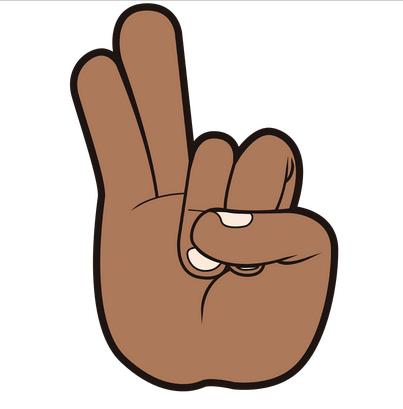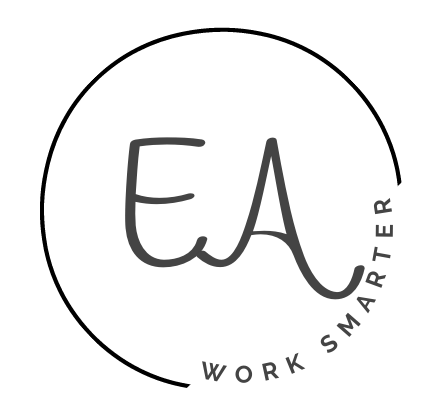When conferencing with a small group of students, it can be challenging to keep an eye on the rest of the students who are working independently.
You need a way to communicate with them in case they need your attention for any reason.
Utilizing hand signals in the classroom is the solution for this issue because students plus teachers can communicate among themselves with minimal interruption and distraction to others.
This post shares examples of hand signals you may want to use in your classroom so that routines and procedures run smoother.
The Use of Hand Signals In the Classroom
Why Is Using Hand Signals In the Classroom Important?
- Hand signals make a great addition to a classroom management plan. They help your class run like a well-oiled machine, minimizing interruptions.
- Incorporating hand signals prompts students to become more self-aware of how they affect others who share spaces with them.
- Beginner-level ESL learners may feel more comfortable using non-verbal cues during class discussions and conversations.
- Non-verbal gestures may serve as a special education accommodation in some cases so that discussions and conversations are more inclusive to all.
- Encouraging the use of hand signals may prompt even shy students to engage non-verbally and verbally.
- Utilizing hand signals during discussions reinforces collaboration and mutual respect. Students are encouraged to actively participate, share ideas, and listen attentively.
- Hand signals provide a way for teachers and students to communicate in standardized testing environments where interactions must remain within relatively strict guidelines.
- Teachers have control of the class without yelling or saying any words.
Student Hand Signals To Use In the Classroom
The following classroom management hand signals reduce interruptions while teachers work with a small group or conference one-on-one with students.
These are suggestions. Make and interpret hand signals however you like in your classroom.
- I need to sharpen my pencil.

- May I get a drink of water?

- I need to go to the restroom or bathroom.

- May I get something from my backpack?

- I have a question or concern.

- Help me, please.

- I need a pencil/pen.

Related Content: Free Classroom Hand Sign Posters (Teaching Resource)
- May I do my assignment on the carpet?
- Thank you.
- May I go to the library?

- I have completed my work.
- May I have more time to complete this?

- I need to go to the nurse.

- May I grab a tissue?

Hand Signals For Classroom Discussion
Hand signals fit well within classroom discussions or whole class activities because they encourage students to engage in multiple ways.
While some students may still opt to engage verbally, others may feel more comfortable engaging non-verbally.
This is especially important for second-language learners.
Here are some of the best hand gestures to use during classroom discussions.
- I would like to make a comment.
- Will you please repeat that?

- I need a moment, please.
- I agree with that.

- I don’t agree with that statement.

- I got it! or I understand.
- I’m still thinking.

- I would like to ask a question.
- I have an answer.
- Would you please clarify something?

- I have something to add to (insert classmate’s name) statement.
- I’m lost/not clear on what you mean.
- Thanks.
Teacher Hand Signals
As a teacher, you may want to have your own set of unique hand signals for students.
Here are some ideas you may want to communicate to students in a non-verbal way.
- Would you please wait a moment?
- Please stop talking.
- Come to the carpet.
- Attention, please.
- Please sit down.
- Quiet, please.
- Great job! – Consider celebrating the students using “jazz hands”.
- Yes
- No
Tips For Incorporating Hand Signals In the Classroom
- Introduce hand signals to students at the beginning of the school year. Add these hand signals to your list of classroom routines and procedures to teach students during the first week of school.
- Customize hand signals to fit the needs of your class. Just because another class uses a signal to mean “water” doesn’t mean that your class has to do the same. Just be sure your signals are consistent among your students.
- Don’t try to use too many signals. Select a handful, and have students perfect those before adding more.
Final Thoughts
Utilizing hand signals in the classroom, whether for class discussions or to keep classroom management under control, serves as a great way to engage students in a meaningful and respectful way.
